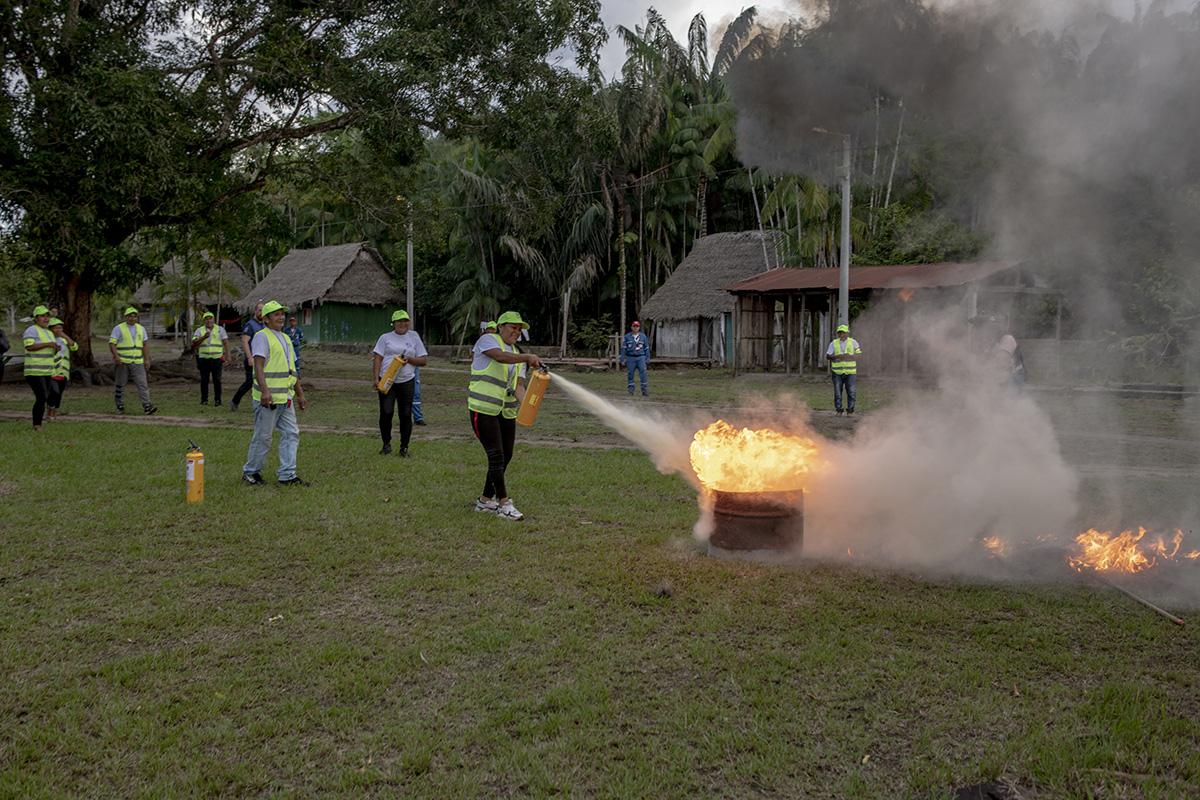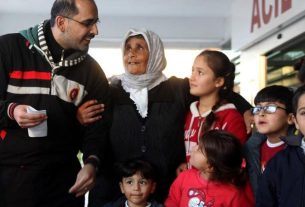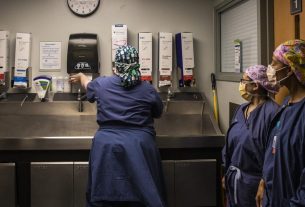|
Getting your Trinity Audio player ready...
|
When the first whistles sound, the residents of the indigenous community of Coayare hurry out of their wooden homes. Everyone knows what the whistle means: a fire has broken out.
The youth leader gathers the adolescents and children and takes them to the Maloka – the large hut and centre of social life for indigenous communities of Colombia. Adults of the community form a security ring and put out the fire lit for this exercise.
This drill activity, funded by the European Union and organised by the German and the Colombian Red Cross, is just one of many carried out in South America. Activities such as this help rural communities prepare as best they can for sudden emergencies. These exercises are vital for indigenous communities living in remote areas where, due to the geographical location, not waiting for help from outside could make the difference between life and death.
Since 1994, the EU has financed more than 600 disaster preparedness projects in Latin America and the Caribbean, with a financial contribution of more than €344 million.
Over the past 30 years, EU programmes have reached millions of people, helping preserve precious resources but, most of all, saving lives.
Rivers are the veins of Colombia’s body. Where the asphalt ends, goods and people of all kinds move along their waters.
© European Union, 2023 (photographer: Nadège Mazars)

In the department of Guanía, life flows along the banks of the 2,250 kilometres of the Orinoco River, at the border with Venezuela.
© European Union, 2023 (photographer: Nadège Mazars)
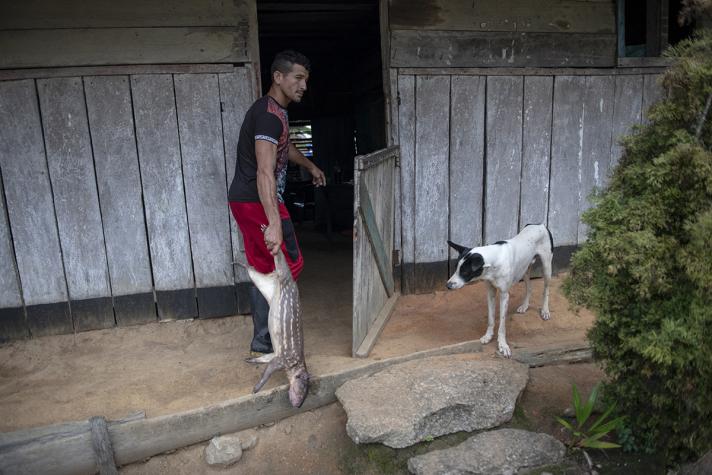
Most of the communities on the riverside are indigenous and survive by hunting, fishing, and gathering, following the rhythms of the forest.
© European Union, 2023 (photographer: Nadège Mazars)
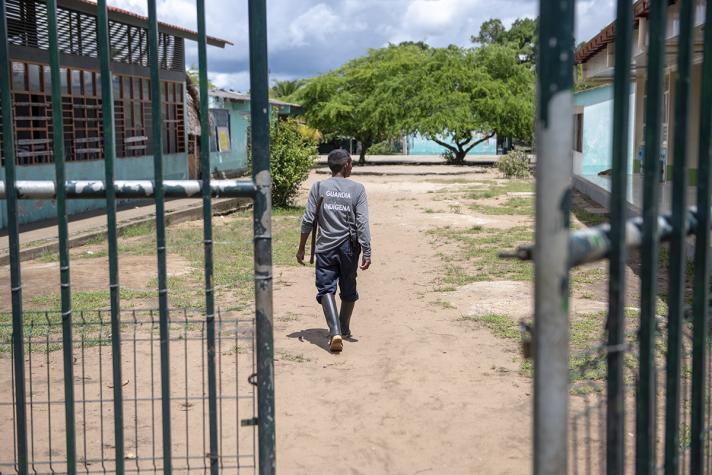
Local indigenous communities live very far from urban centres and must be as self-sufficient as possible.
© European Union, 2023 (photographer: Nadège Mazars)

Climate change has made summers increasingly hot, and many communities are dealing with a growing number of fires.
© European Union, 2023 (photographer: Nadège Mazars)
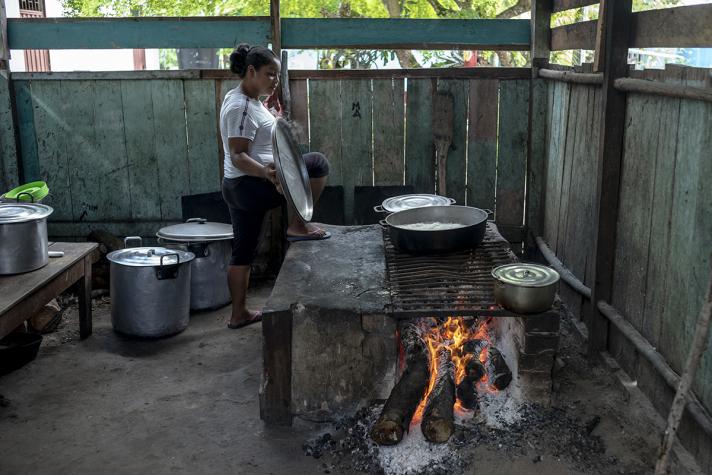
Houses are often made of wood and dried palm leaves. Fire, an important ally for their everyday life, can become a dangerous enemy.
© European Union, 2023 (photographer: Nadège Mazars)

The European Union, together with the German and the Colombian Red Cross, funds disaster preparedness projects for indigenous communities.
© European Union, 2023 (photographer: Nadège Mazars)

Thanks to these projects, they are trained to respond to emergencies, such as fires, where they learn how to contain and extinguish them safely.
© European Union, 2023 (photographer: Nadège Mazars)

“Now that we have attended these courses and learnt best practices, we feel safer and better prepared,” says Maribél, one of the women from the Coayare community.
© European Union, 2023 (photographer: Nadège Mazars)
